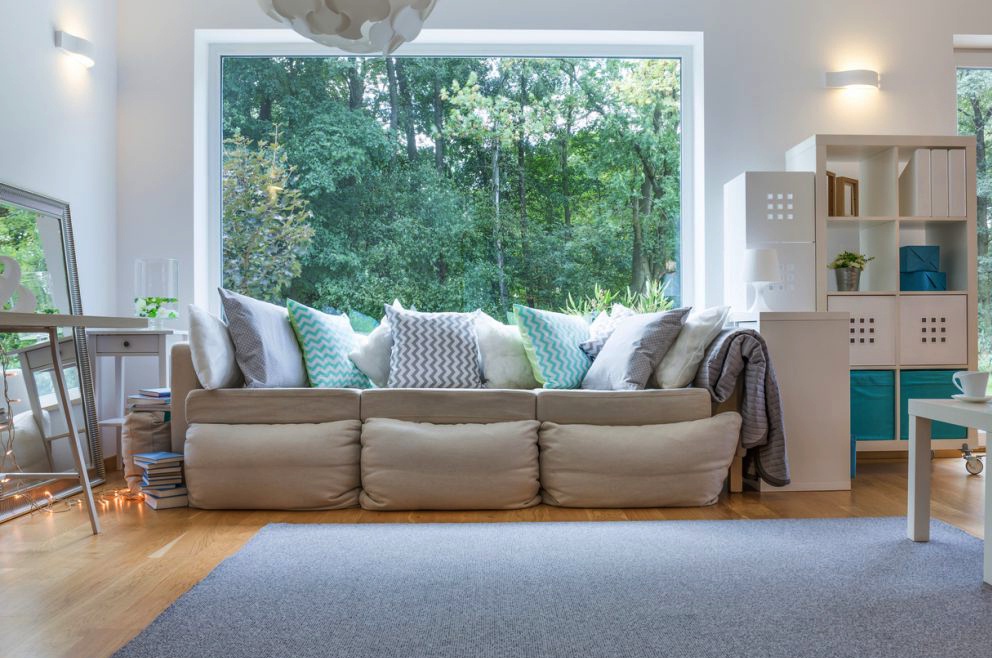Fireplaces were once an integral part of not only a living room, but also a house, so much so that a singular home could have two or more on one floor. In fact, the name “living room” is directly linked to the fireplace because it was necessary for the “living” and survival of families – providing both warmth and a cooking location for all generations living under a roof.
Does a fireplace have a place in your home
Conventional fireplaces are no longer such an integral part of home living as they once were. Central heating, electricity and more efficient technologies came along and moved it from pole positions to lesser places, downgrading it to a place to hang pictures, Christmas stockings and an interior design piece.
However, fireplaces take quite a lot of valuable wall space which could be used for a bookshelf or an entertainment cabinet with consoles, TV’s, VCRs and all of the household’s electronics. And the question that a lot of people who are renovating are asking themselves “are fireplaces relevant in the 21st century?”.
They bring warmth and coziness
While there are more effective ways of warming an entire room, a fireplace still can produce quite a lot of heat and ambience. Hardwood fires have an unmistakable aura to them, providing quite a lot of ambience and coziness, especially in those cold winter nights.
They are a great, romantic location for lovers and an even more suitable place for a family gathering, quickly turning from a space burden, into a central, focal point of the entire room. When the fire is roaring, popping and alive, there’s no mistaking why there are still houses with fireplaces, especially in the colder states like Michigan.
They are rarely used
While there is a romantic note attached to them, fireplaces are rarely, if ever used. The conventional ones, with chimneys, are becoming extremely rare in new construction, unless a particular buyer has specified that they would like one.
With modern heating systems like HVACs, there is rarely the need for a fireplace because it’s dirty, inefficient and requires maintenance. It’s not like your central heating doesn’t require it, but it’s a lot cleaner and is a lot safer for the environment.
Not only are they rarely used, but they take up valuable space which some houses and households cannot spear. Walls are a vital source of space which could be used for storage like bookshelves or other shelves – they do provide mantle space which can be quite limited, which is the biggest downside.
They are a flooding hazard
While modern construction is optimizing towards fool proof solutions, a conventional fireplace requires a chimney, regardless if it’s being used or not. Federal code requires a chimney in every non-gas fireplace which can be a weak point in the structure of the building and the roof in particular.
It’s a weak point not so much in the sense that it could fall, but in the sense of water damage and storm damage. Removing it will allow you to have a complete sheet of roofing which will repel water a lot more cleanly than a roof with a chimney.





